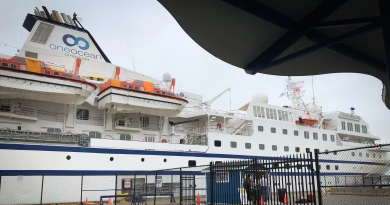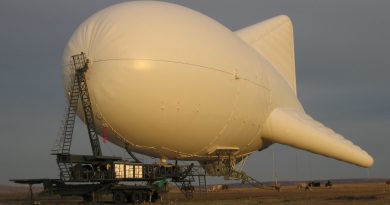Labrador left behind, Nunatsiavut leader says — calls for Quebec-like air subsidy
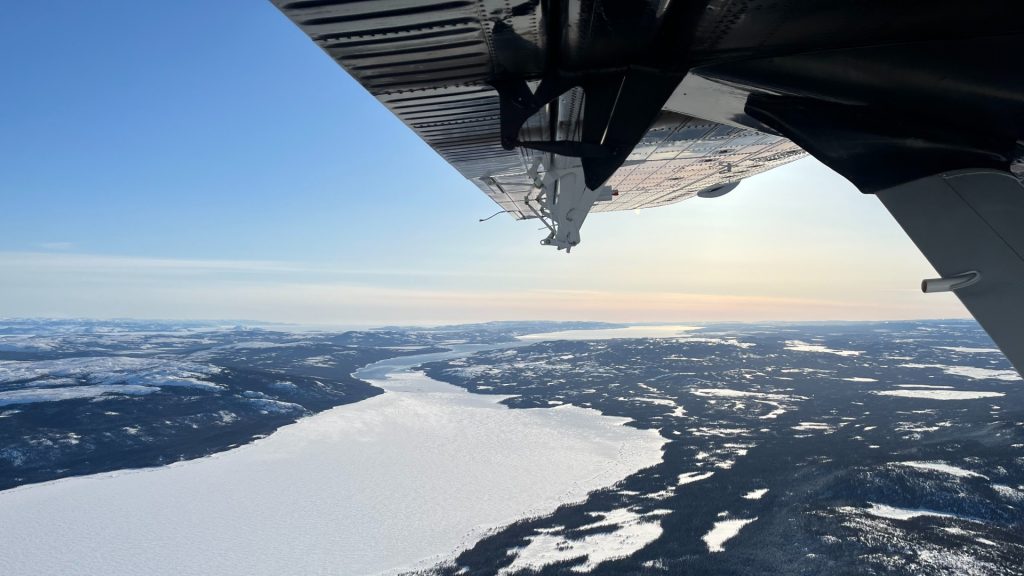
The Nunatsiavut Government’s First Minister called out Newfoundland and Labrador’s latest air travel deal, saying the $15-million agreement with PAL Airlines leaves Labrador communities “behind” once again.
Melva Williams said the province’s focus on boosting tourism links between St. John’s, Gander, and Deer Lake ignores the urgent needs of isolated communities in the North
“While the government touts its recent partnership with PAL Airlines as a step forward for interprovincial connectivity, communities in Labrador have once again been left behind,” she said in a statement this week.
The new seasonal service will run from June 15 to September 20, 2025, flying four days a week. The province said the deal will improve travel flexibility for tourists and residents, and is part of its Vision 2026 plan to strengthen the province’s tourism industry post-pandemic.
“Not a luxury, but a lifeline”
But Williams says for people in Labrador, especially those living in the Inuit self-governing region of Nunatsiavut, air travel isn’t about sightseeing — it’s about survival.
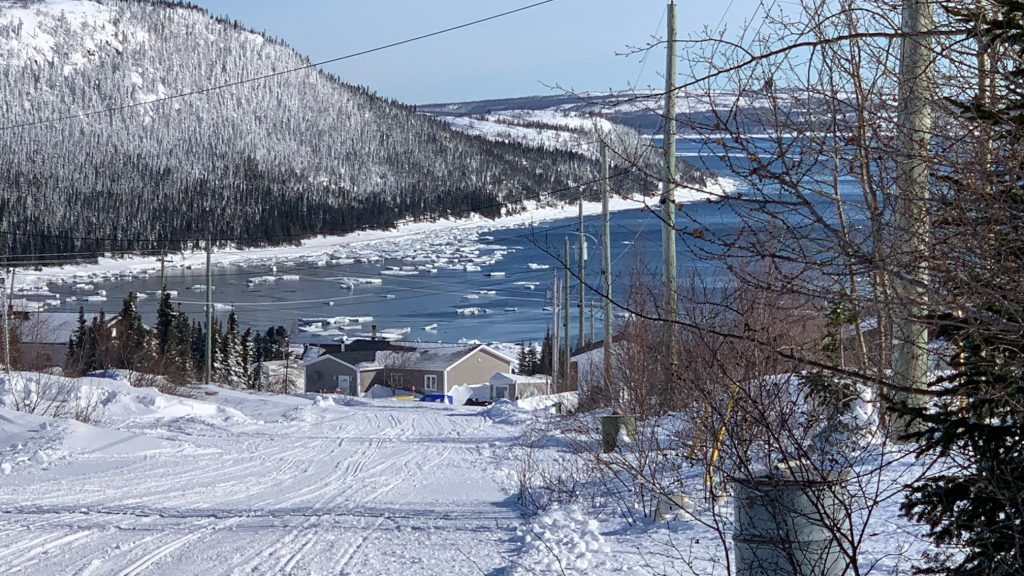
“For the people of Labrador, especially those who live in Nunatsiavut, air transportation is not a luxury, but a lifeline,” she said.
“It is unacceptable that the provincial government continues to prioritize incentives for the island of Newfoundland while failing to recognize the unique transportation challenges we face in Labrador.”
In its news release this spring announcing the PAL agreement, the provincial government said it remained in talks with Labrador airport partners and continued to push Ottawa to address fees and taxes that drive up flight costs.
Budget 2025 also includes $15 million for tourism marketing and air access development, with $2 million earmarked for Vision 2026.
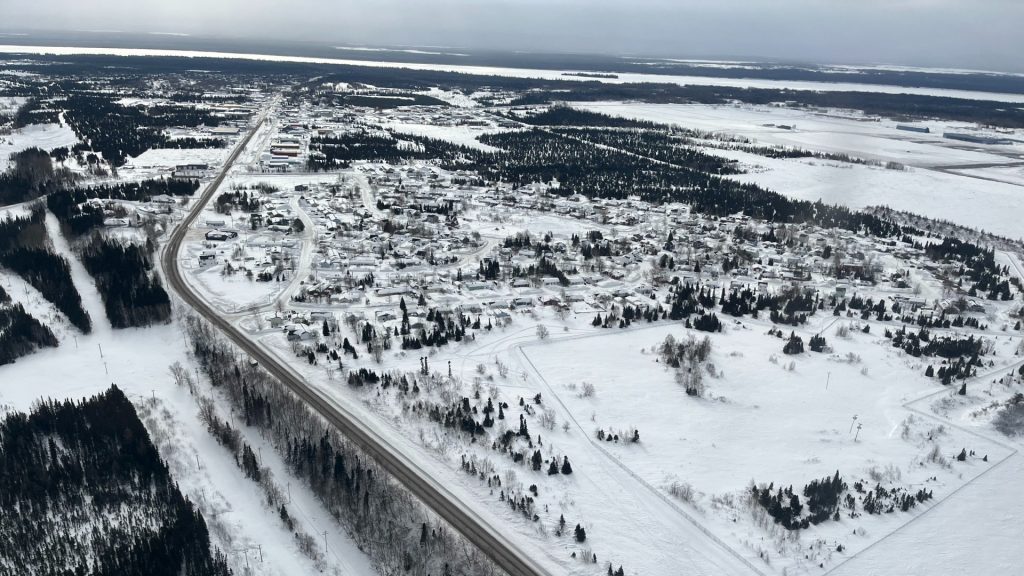
Williams said the issue isn’t new — and neither is the frustration.
“We expressed our disappointment last year when an air subsidy was provided to reduce costs on WestJet flights between St. John’s and Europe, and stressed that the Government of Newfoundland and Labrador has a responsibility to improve air access to Labrador Inuit communities, and help make travel, food and basic needs more affordable.”
Quebec solution?
She pointed to Québec’s Regional Air Access Program as a possible model for the province.
That program provides airfare discounts of 50 to 85 percent for eligible personal and non-profit travel in remote regions.
- Eligibility: Available for personal travel, non-profit organizations, and certain student activities.
- Exclusions: Does not apply to business or work-related travel, nor to charter flights.
- Nunavik: The Inuit region of northern Quebec is excluded as Quebec City says the regional government and land claims corporation already offer subsidies. However, the airport serving the Cree village of Whapmagoostui and neighbouring Inuit village of Kuujjuarapik is covered.
- Participating Airlines: Discounts apply to tickets purchased with approved carriers for eligible routes.
- Purpose: Aims to make air travel more affordable for residents of remote regions in Québec, improving access to larger cities.
“We have called on the Government of Newfoundland to implement similar programs to make air travel more affordable,” Williams said.
“It is deeply frustrating that despite clear examples of successful programs elsewhere, our government continues to overlook the realities the people of Labrador face on a daily basis.”
Comments, tips or story ideas? Contact Eilís at eilis.quinn(at)cbc.ca
Related stories from around the North:
Canada: Northern airlines say feds should intervene if they want lower prices for the North, CBC North
Finland: Rovaniemi airport in Arctic Finland to get major expansion as passenger numbers surge, Yle News
Norway: Arctic Norway’s Tromsø Airport struggles as international arrivals triple, The Independent Barents Observer
Sweden: Northern Scandinavia to pioneer commercial flights with electric planes, Radio Sweden

